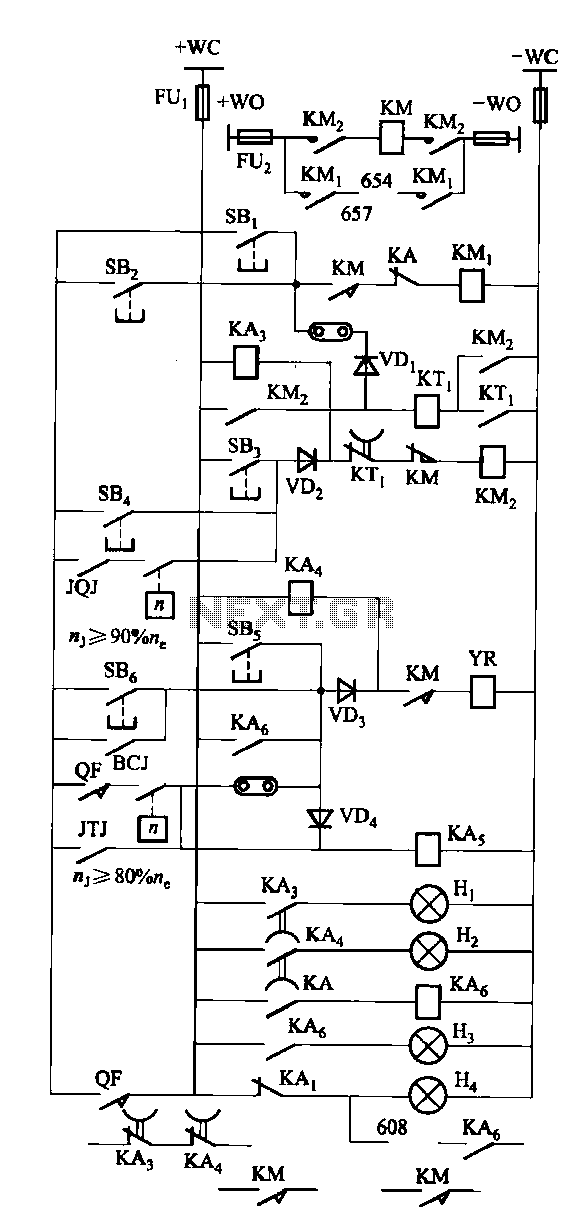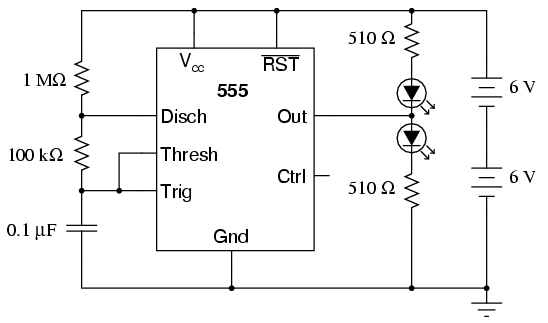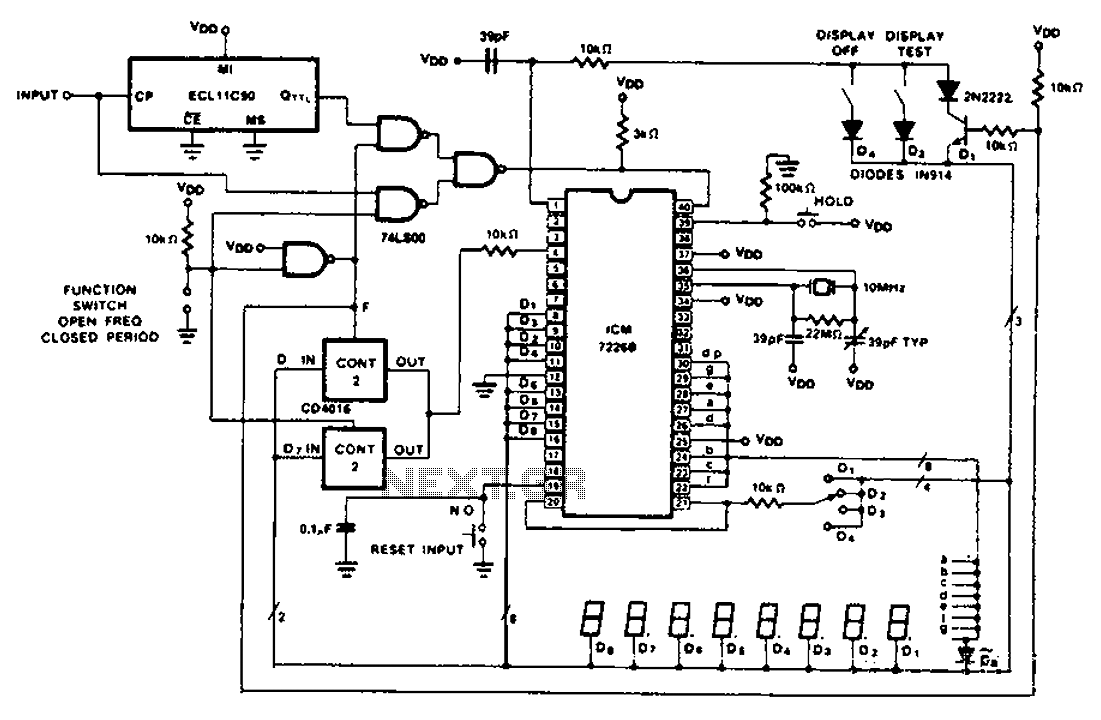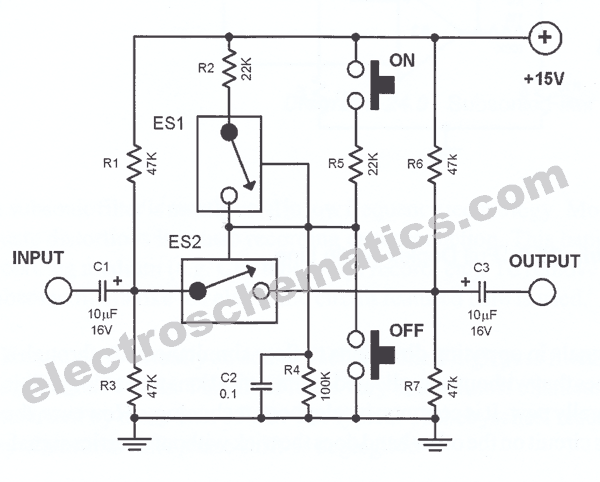
FKL-32 Operating System Circuit

The FKL-32 type automatic thyristor excitation device is designed for synchronous generators with a terminal voltage of 400V and a capacity of 500kW and below. It is used for the automatic adjustment of excitation.
The FKL-32 thyristor excitation device is an advanced electronic system primarily used to regulate the excitation of synchronous generators. This device operates effectively at a terminal voltage of 400V and is suitable for generators with a capacity of up to 500kW. The thyristor technology employed in this device allows for efficient control of the excitation current, ensuring optimal performance of the generator.
The excitation system's primary function is to maintain the generator's terminal voltage within specified limits, which is crucial for stable operation. The FKL-32 achieves this through automatic adjustment mechanisms that respond to variations in load and system conditions. The device incorporates feedback control loops to continuously monitor the terminal voltage and adjust the excitation levels accordingly.
Key components of the FKL-32 include a thyristor bridge, control circuitry, and various sensors for voltage and current measurement. The thyristor bridge acts as a power converter, allowing for precise control of the excitation voltage supplied to the rotor windings of the synchronous generator. The control circuitry processes the input from the sensors and determines the necessary adjustments to the excitation current to maintain the desired voltage levels.
Furthermore, the FKL-32 is designed with protective features to safeguard both the device and the generator. These may include overvoltage protection, overcurrent protection, and thermal management systems to prevent overheating. The device is also equipped with user interfaces for monitoring and configuration, making it accessible for operators to adjust settings as needed.
Overall, the FKL-32 automatic thyristor excitation device plays a vital role in enhancing the efficiency and reliability of synchronous generators by providing precise and responsive excitation control.FKL-32 type automatic thyristor excitation device suitable for terminal voltage of 400V, capacity sookW and below synchronous generator used for automatic adjustment of excitat ion.
The FKL-32 thyristor excitation device is an advanced electronic system primarily used to regulate the excitation of synchronous generators. This device operates effectively at a terminal voltage of 400V and is suitable for generators with a capacity of up to 500kW. The thyristor technology employed in this device allows for efficient control of the excitation current, ensuring optimal performance of the generator.
The excitation system's primary function is to maintain the generator's terminal voltage within specified limits, which is crucial for stable operation. The FKL-32 achieves this through automatic adjustment mechanisms that respond to variations in load and system conditions. The device incorporates feedback control loops to continuously monitor the terminal voltage and adjust the excitation levels accordingly.
Key components of the FKL-32 include a thyristor bridge, control circuitry, and various sensors for voltage and current measurement. The thyristor bridge acts as a power converter, allowing for precise control of the excitation voltage supplied to the rotor windings of the synchronous generator. The control circuitry processes the input from the sensors and determines the necessary adjustments to the excitation current to maintain the desired voltage levels.
Furthermore, the FKL-32 is designed with protective features to safeguard both the device and the generator. These may include overvoltage protection, overcurrent protection, and thermal management systems to prevent overheating. The device is also equipped with user interfaces for monitoring and configuration, making it accessible for operators to adjust settings as needed.
Overall, the FKL-32 automatic thyristor excitation device plays a vital role in enhancing the efficiency and reliability of synchronous generators by providing precise and responsive excitation control.FKL-32 type automatic thyristor excitation device suitable for terminal voltage of 400V, capacity sookW and below synchronous generator used for automatic adjustment of excitat ion.




